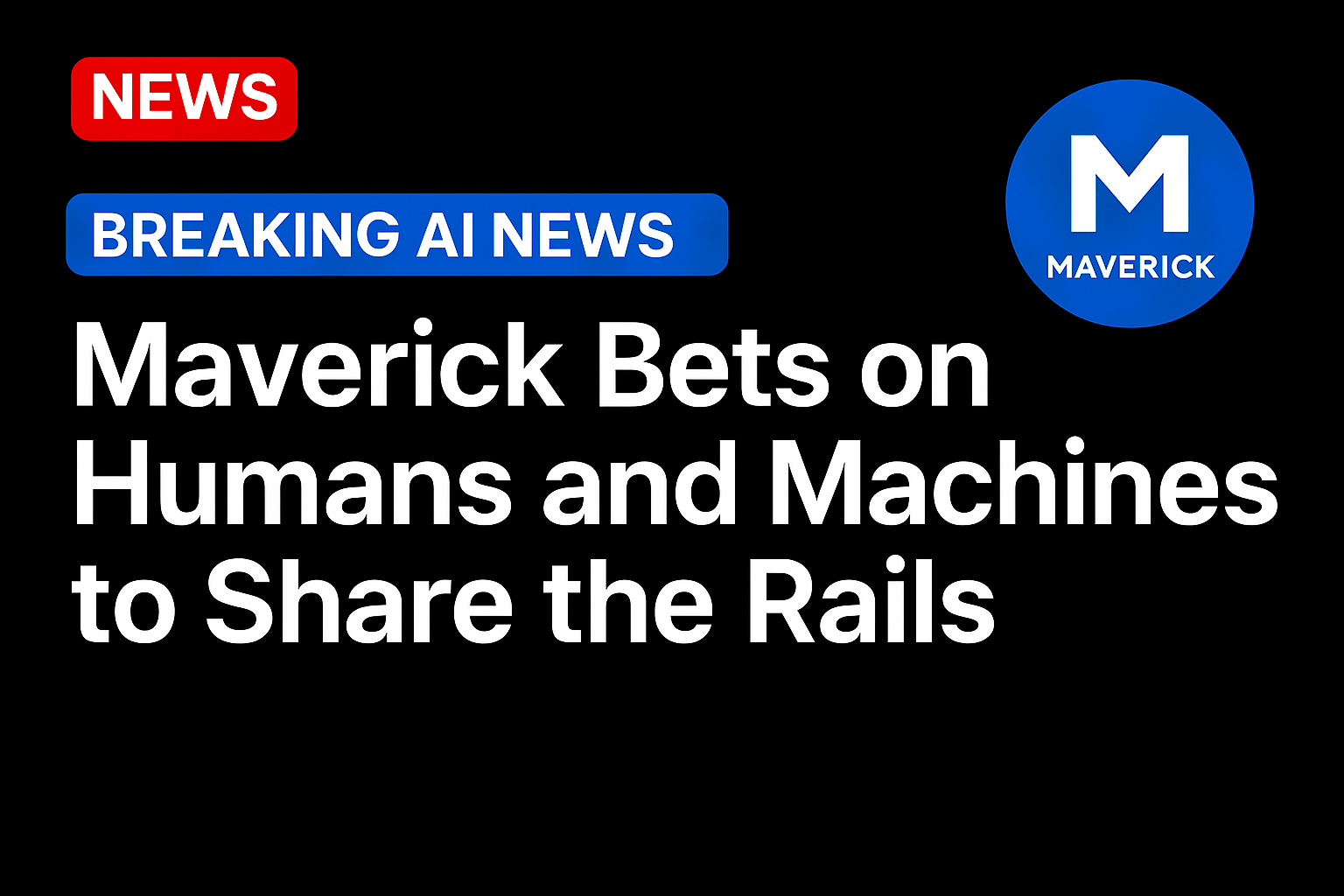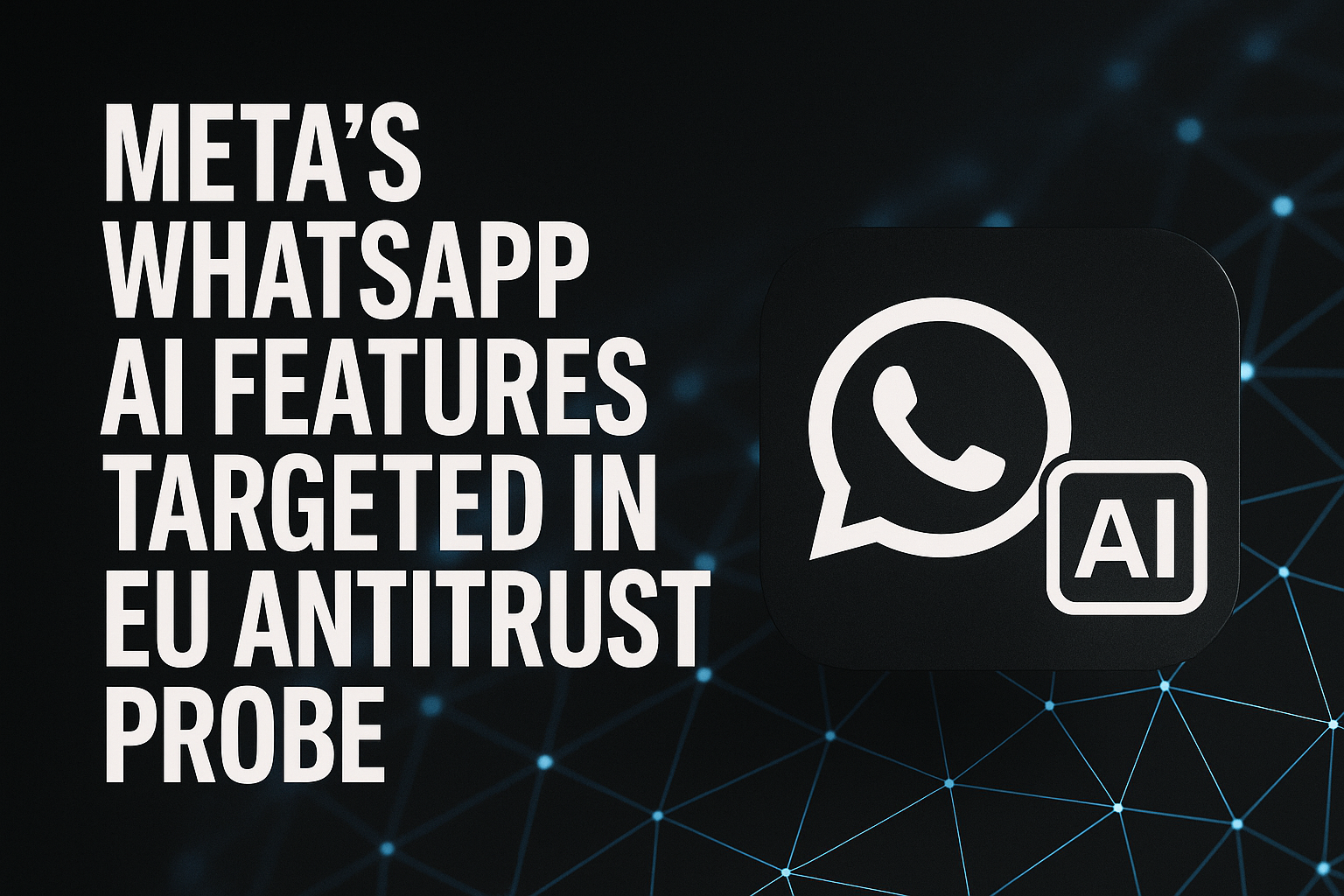
Large software vendors are strategically positioning artificial intelligence (AI) agents as a managed layer inside the enterprise rather than as optional add-ons.
Microsoft’s Agent 365, Salesforce’s Agentforce 360 and Oracle’s AI Agent Marketplace all share the view that businesses will run many agents across crucial functions, including support, operations, finance and customer work, requiring centralized structure, oversight and integration within existing workflows. The result is the early shape of an “AI control plane” that acts as the necessary intermediary between workers, applications and data.
Common Agentic Architecture
Microsoft’s Agent 365 is representative of this new model. As PYMNTS reported, the company said businesses “are starting to rely on agents to handle tasks across support, operations and productivity tools, and … need a single place to manage them.” Agent 365 gives IT a consolidated view of every agent running inside a tenant, including those built with Microsoft tools and those built elsewhere.
PYMNTS noted that the company plans to support detailed metrics so businesses can track output and cost. The design reflects the scale forecasts now circulating in the industry. IDC estimates that more than 1 billion enterprise agents could be active by 2028, creating pressure for stronger oversight.
Salesforce is following a similar pattern. Its recent announcement for agents for various industries like financial services, manufacturing, IT services, the agents introduced prebuilt templates for tasks. These agents sit inside customer relationship management (CRM) and Slack workflows and read from customer records. Salesforce said they operate “in the flow of work” and within established compliance rules. That includes approvals, disclosures and audit trails, all core requirements for enterprise workflows. The templates also standardize the steps an agent can take, which gives firms more predictable behavior.
Oracle’s AI Agent Marketplace advances the same idea but relies on a catalog rather than templates. The marketplace contains more than 100 agents from third-party vendors. These agents run inside Fusion Cloud Applications covering finance, HR, logistics and customer experience. Oracle said the agents “are embedded inside Fusion applications … which builds context.” That means an agent reviewing an invoice or a supply chain exception sees the same fields and history that a human would.
Oracle built the marketplace around open protocols such as the Model Context Protocol and Agent-to-Agent messaging. These standards allow agents to hand off tasks, share updates and coordinate without custom integrations. The company also tied the system to its governance tools. Agent Studio lets administrators monitor token usage, set rules and manage access. Oracle said early pilots show agents can streamline routine steps in collections, procurement and support.
Orchestration, Oversight and Outcomes
Across all three vendors, several themes are consistent. The first is orchestration. Enterprises expect agents to work with existing systems, not next to them. Microsoft enables this through Microsoft 365 and Power Automate. Salesforce uses CRM, Slack and Data Cloud. Oracle embeds agents directly in ERP and supply chain applications. Each approach places agents inside day-to-day workflows so they can complete tasks with relevant context.
The second theme is oversight. These platforms bring identity, permissions, logs and audit trails to agent activity. They also record behavior and failure patterns. This helps companies decide which tasks can safely be automated and which should remain with human teams. The controls also address common concerns about data exposure and unpredictable model outputs.
The third theme is early, measurable outcomes. Salesforce’s internal deployments show faster resolution times and more consistent follow-up. Oracle reports shorter cycles for finance and logistics tasks. Microsoft lets customers to measure agent activity through new reporting tools inside Agent 365. While results vary, the data suggests that tightly scoped, repetitive workflows see the strongest gains.
Taken together, these developments mark a shift from individual copilots to coordinated agent fleets. The emerging control-plane model gives enterprises a way to see what agents are doing, set rules and track performance. It also signals that the major software providers now view agents as part of core enterprise infrastructure.
Source: https://www.pymnts.com/




